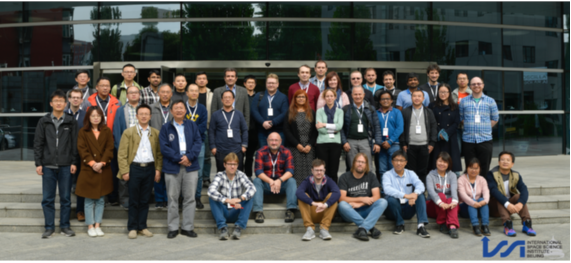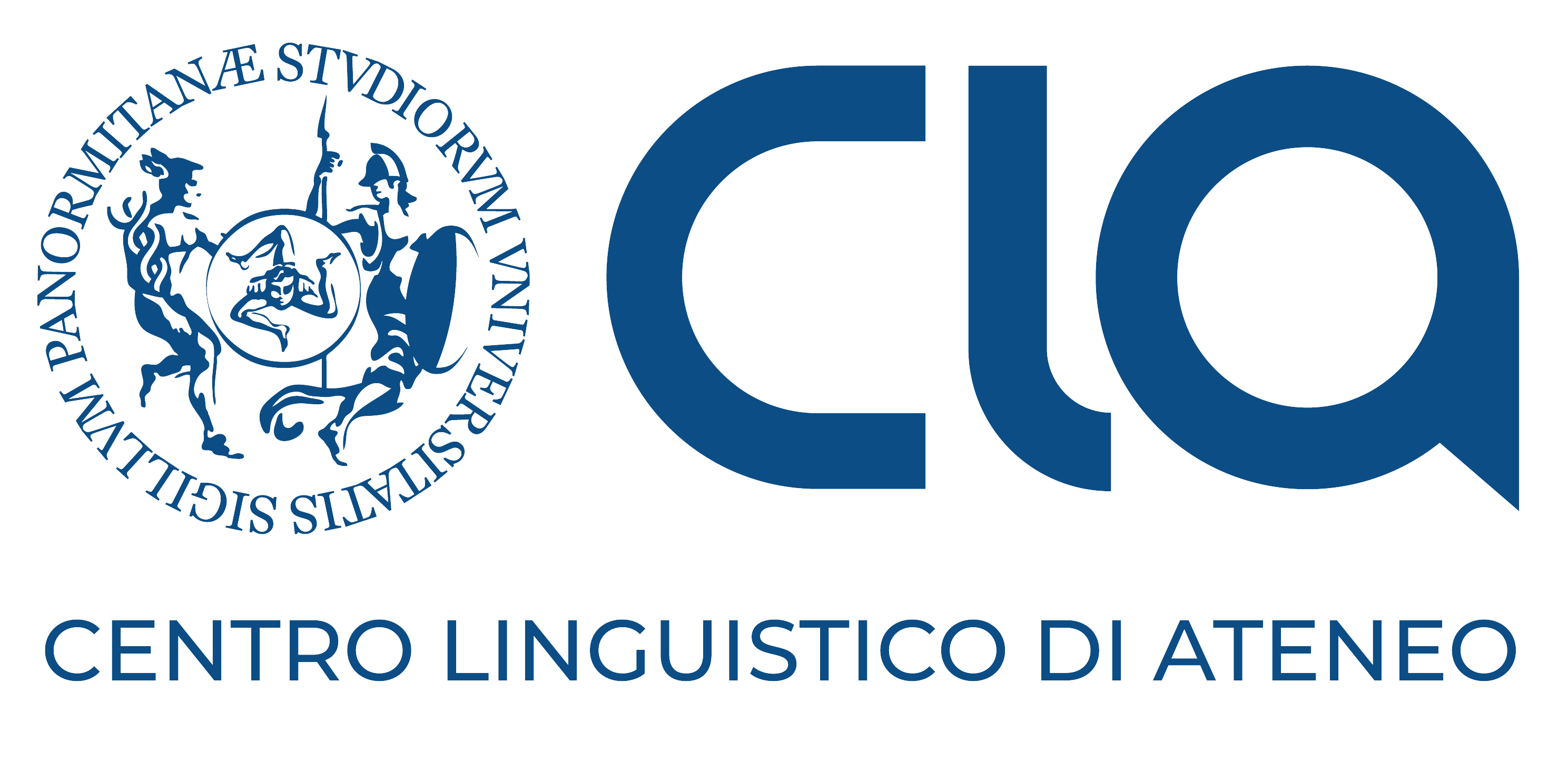International experts at the ISSI-BJ workshop on “Oscillatory Processes in Solar and Stellar Coronae”
The workshop on “Oscillatory Processes in Solar and Stellar Coronae”, organized by the International Space Science Institute – Beijing (ISSI-BJ), took place in the third week of October at ISSI-BJ premises in Beijing.
Thanks to the well-coordinated organization of its conveners – Dr. Ivan Zimovets (Space Research Institute, RAS, Russia/ISSI-BJ, China), Prof. Valery Nakariakov (University of Warwick, UK), Prof. Dipankar Banerjee (Indian Institute for Astrophysics, India), Prof. Bo Li (Shandong University, China), Prof. Tongjiang Wang (NASA-Goddard Space Flight Center, USA), and Prof. Maurizio Falanga (ISSI-BJ) – numerous international experts met in Beijing to summarize the current state of research in the field of solar and coronal physics, and to pave the way for further studies.

In fact, being 2019 the 50th anniversary of the first detection of oscillatory processes in the solar corona as a quasi-periodic pulsation (QPP) of an X-ray and radio emission produced by a solar flare, during the last decades the international scientific community has gathered and analyzed a vast array of data on this topic. The results of such observations, obtained with the current spaceborne and ground-based observational instruments (in particular, SDO/AIA, Hinode/EIS, STEREO/EUVI, NoRH and IRIS), now constitutes the basis for future investigations by means of the upcoming state-of-the-art solar instruments (Solar Orbiter, DKIST etc.).
As a result, in order to give the gist of the current state of research, to examine its problematics, as well as to identify future theoretical and observations-based questions on solar and stellar oscillatory phenomena, almost 50 scientists from 11 different countries met and debated on various topics, including the seismology of coronal plasma structures, novel data analysis techniques, and non-linear effects.
This event made it possible for me to finally meet some of my colleagues in person and to considerably benefit from the interactions and the discussions held with all the participants.
Prof. Bo Li, Shandong University, China
A special priority was given to the study of the complementarity of multi-instrumental and multi-wavelength observations, the development and benchmarking of modern data analysis tools, the creation and use of a link between analytical theory, numerical modeling, and the interpretation of observations, as well as of the solar-stellar analogy following the TESS space mission.
Despite being fraught with thematic complexity:
Thanks to the excellent organization ensured by ISSI-BJ, we could fully immerse ourselves in our studies and numerous prominent international colleagues were given the chance to make their precious contribution to the workshop.
Dr. Ivan Zimovets, IKI, RAS, RussiaThe positive turnout of this workshop was also ensured by the well-arranged coordination of the activities and the local facilities. A perfect organization is the one you do not see, and this was really the case.
Prof. Fabio Reale, University of Palermo, Italy
The workshop was inaugurated by Prof. Dong (ISSI-BJ, China) and Prof. Nakariakov (University of Warwick, UK) on October 14, and given the wide range of topics addressed, the presentations were organized in seven different chapters introduced during the first morning. These include: Novel techniques in coronal seismology data analysis (led by Prof. Anfinogentov, Institute of Solar-Terrestrial Physics, RAS, Siberian Branch, Russia); Kink oscillations and waves in the corona (led by Prof. Nakariakov, University of Warwick, UK); Slow waves in coronal loops (led by Prof. Wang); MHD waves in open coronal structures (led by Prof. Banerjee); Quasi-periodic pulsations in solar and stellar flares (led by Dr. Zimovets); Sausage oscillations and waves in the corona (led by Prof. Bo Li); Coronal heating by MHD waves (led by Prof. van Doorsselaere, Catholic University of Leuven, Belgium).
The well-thought distribution and diversification of topics outlined by the conveners allowed for in-depth observations on many different research foci, which will therefore provide the international community with valuable interdisciplinary data.
As expressed by one of the workshop participants, Prof. Srivastava (Indian Institute of Technology, India):
I firmly believe that the results of this workshop will enable us all to make significant steps forward towards a better understanding of various phenomena of coronal physics and it will serve as a reference point to the international scientific community active in the solar physics field.
As an outcome to be shown to the international scientific community, the participants’ peer-reviewed articles will be published in the Springer’s Space Science Reviews and subsequently, as a hardcopy edition of the ISSI-BJ Space Science Series (SSSI).
Thanks to the effective platform provided by ISSI-BJ to gather experts and young scientists active in the field, we could lay the groundwork for the upcoming publication of the workshop’s reflections and results.
Prof. Tongjiang Wang
The presentations given during the workshop are available on the workshop webpage.





























